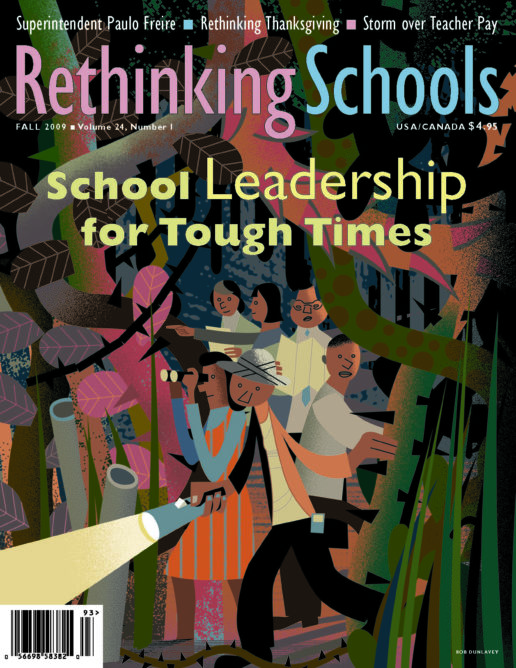Preview of Article:
Resources 24.1
CHILDREN’S BOOKS
How to Heal a Broken Wing
Written and illustrated
by Bob Graham
(Candlewick Press, 2009)
40 pp. $16.99
Young Will notices a bird lying on the ground in the middle of a bustling city. With the help of his mother he wraps it up and takes it home to loving care. The stark drawings and sparse text make this an ideal book for preschool and early grades, while the empathic character and urban fable of possibility encourage action by even the oldest of readers.

